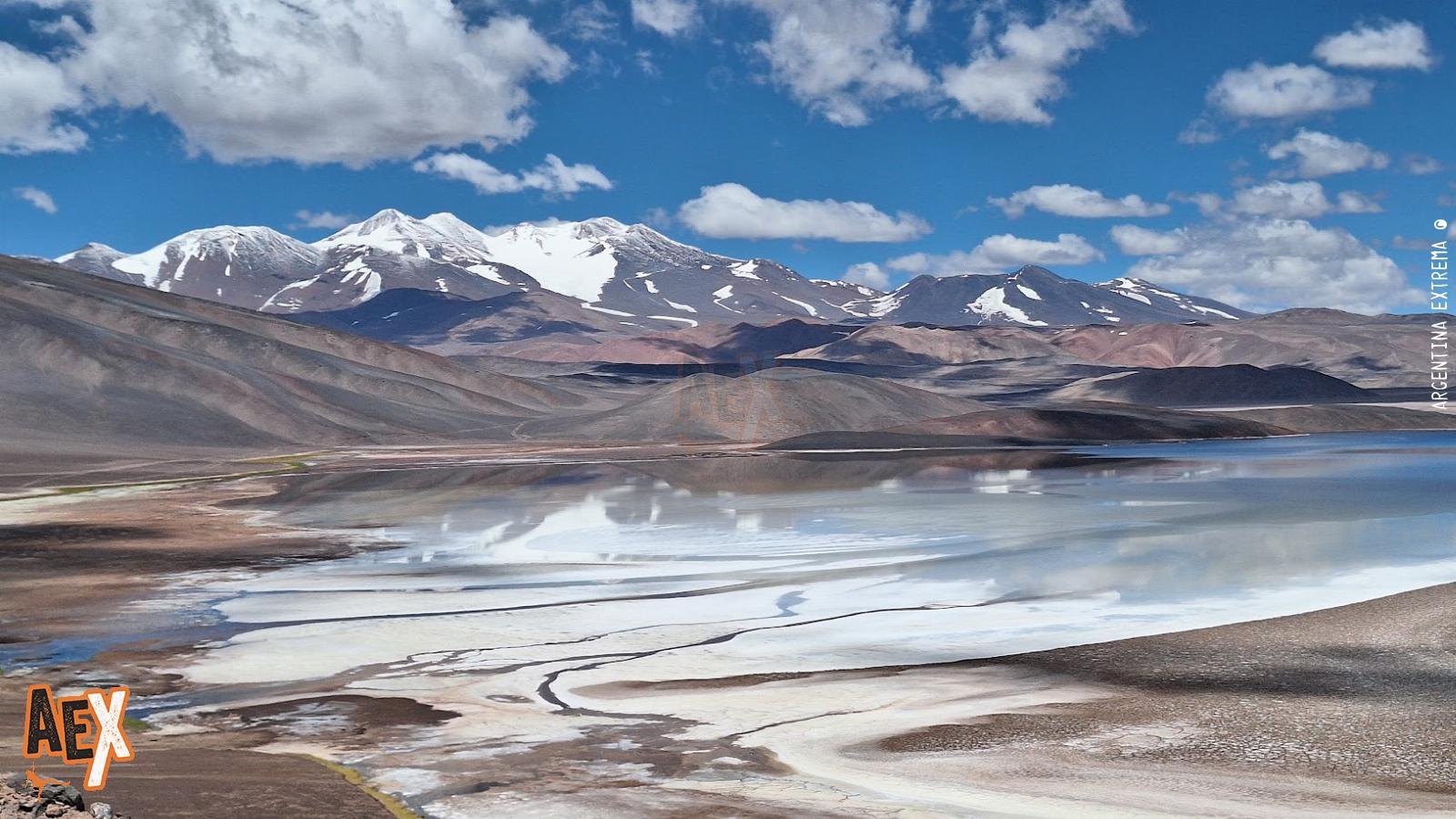
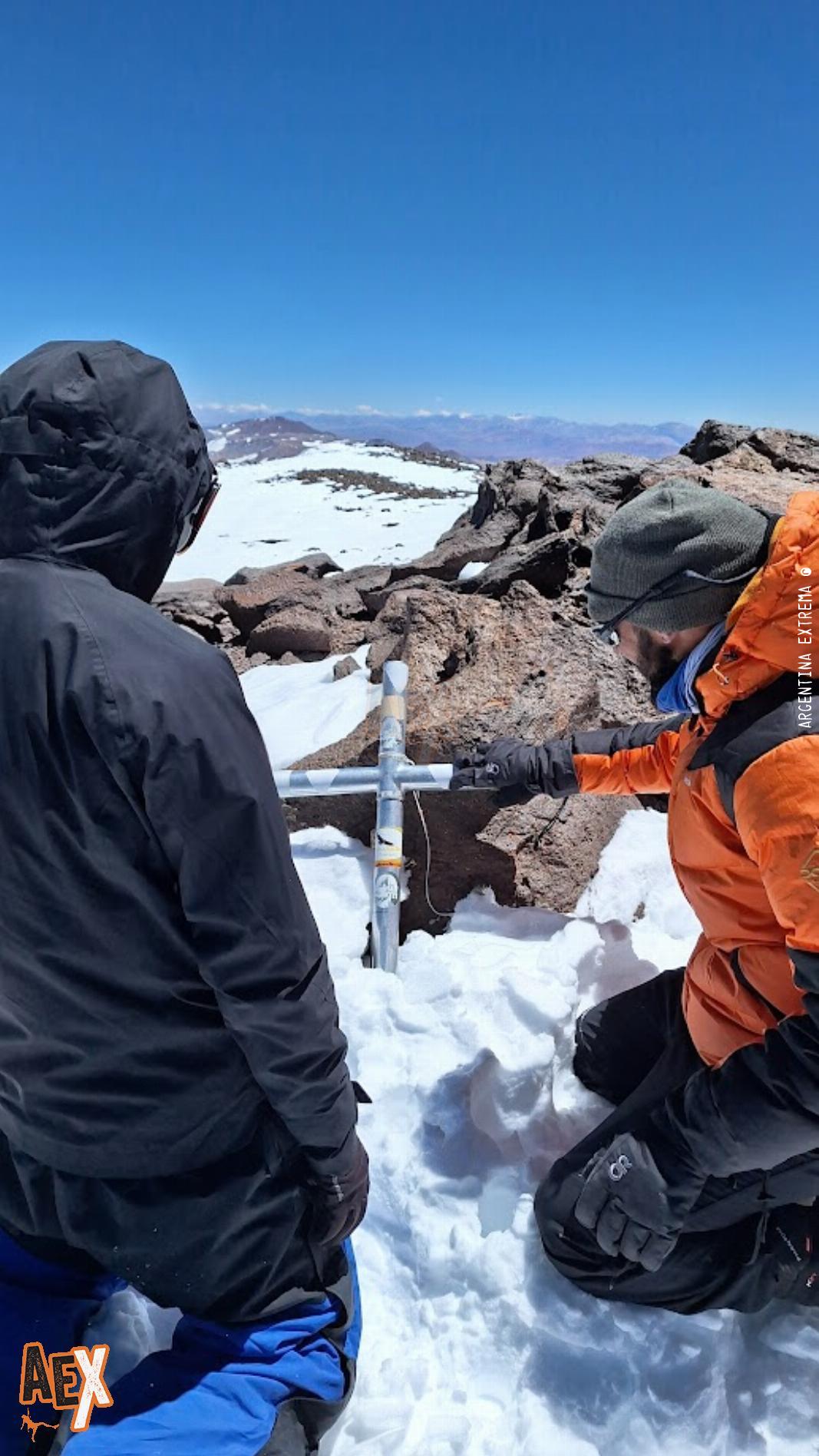
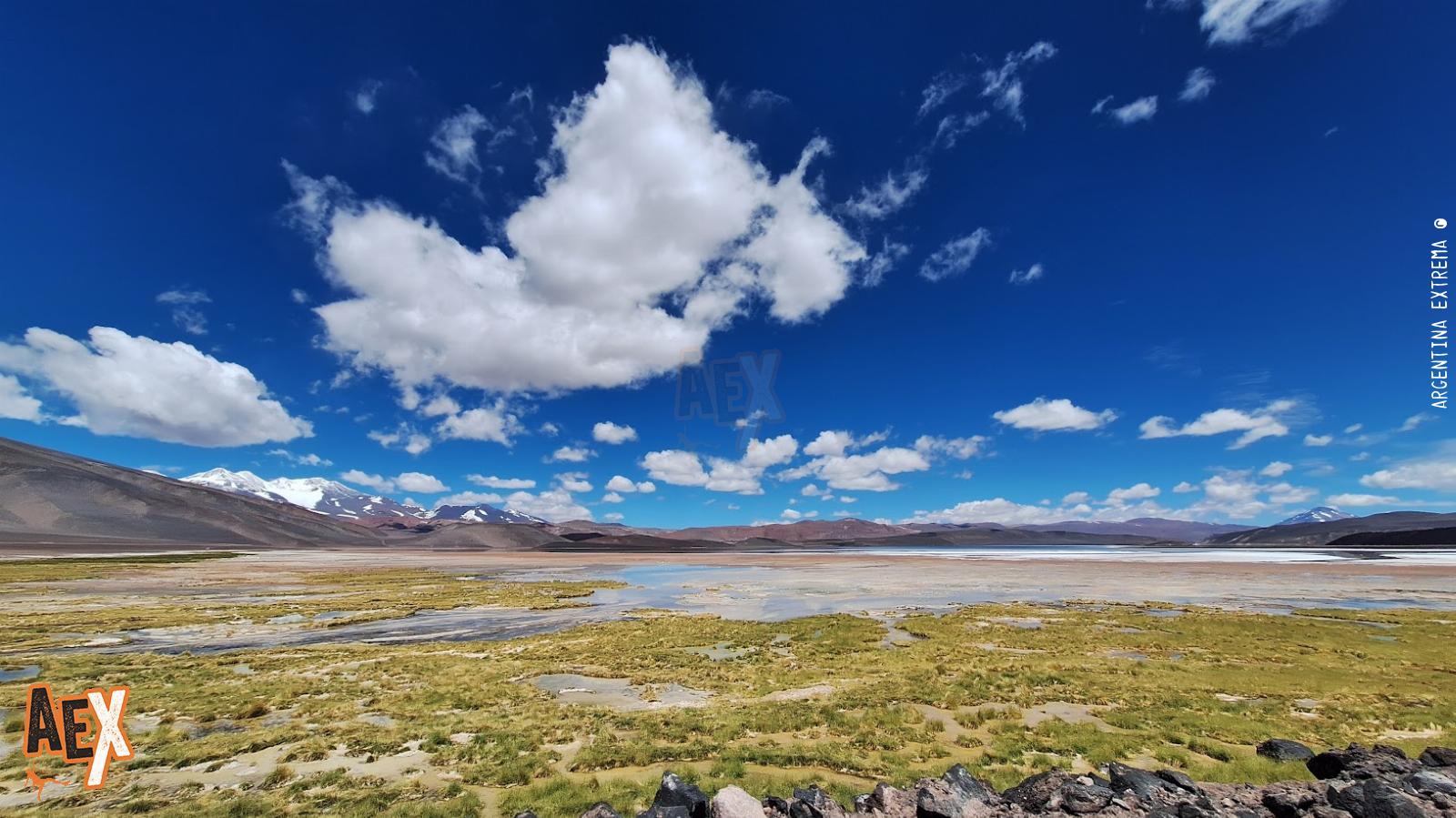
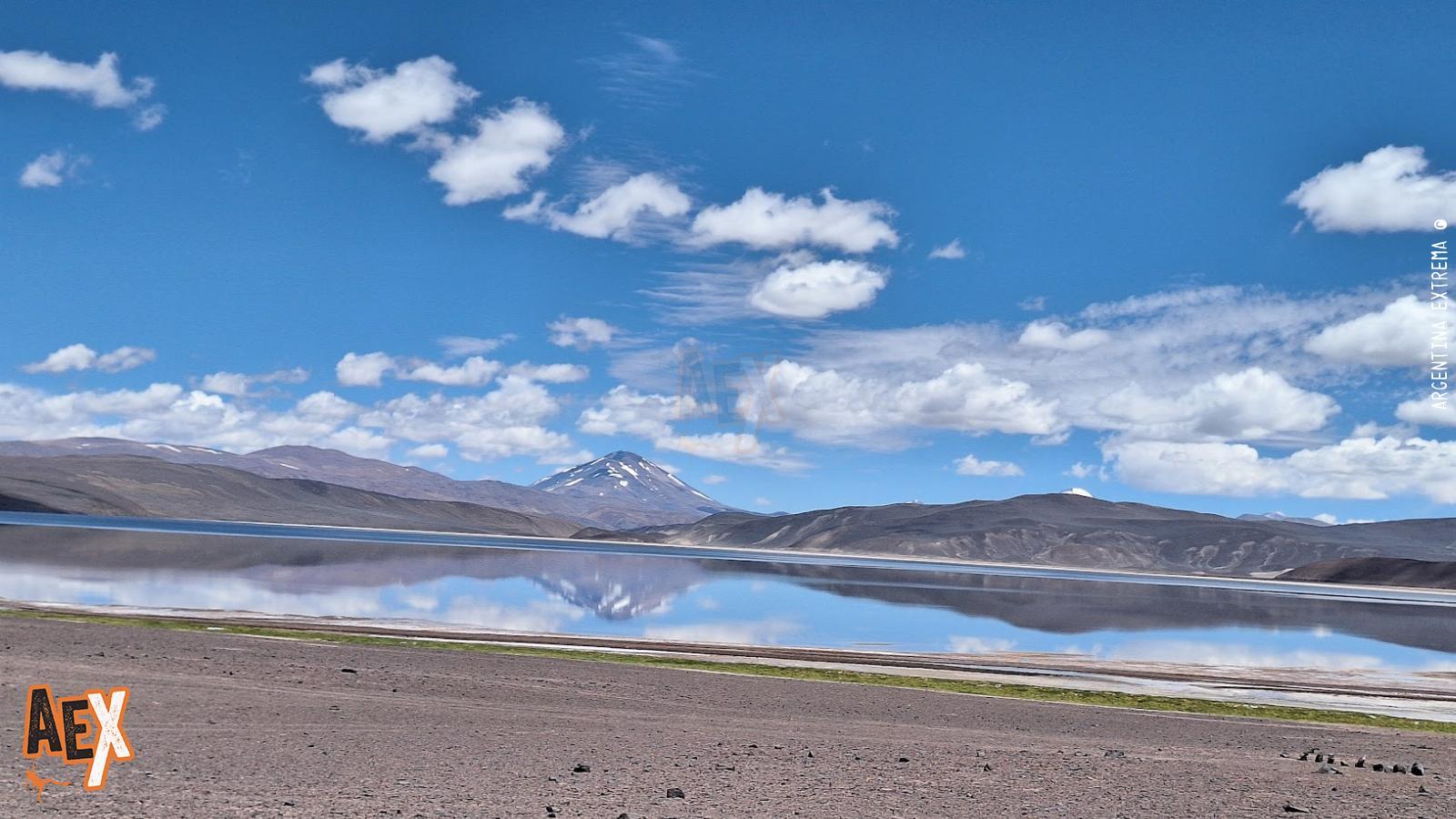
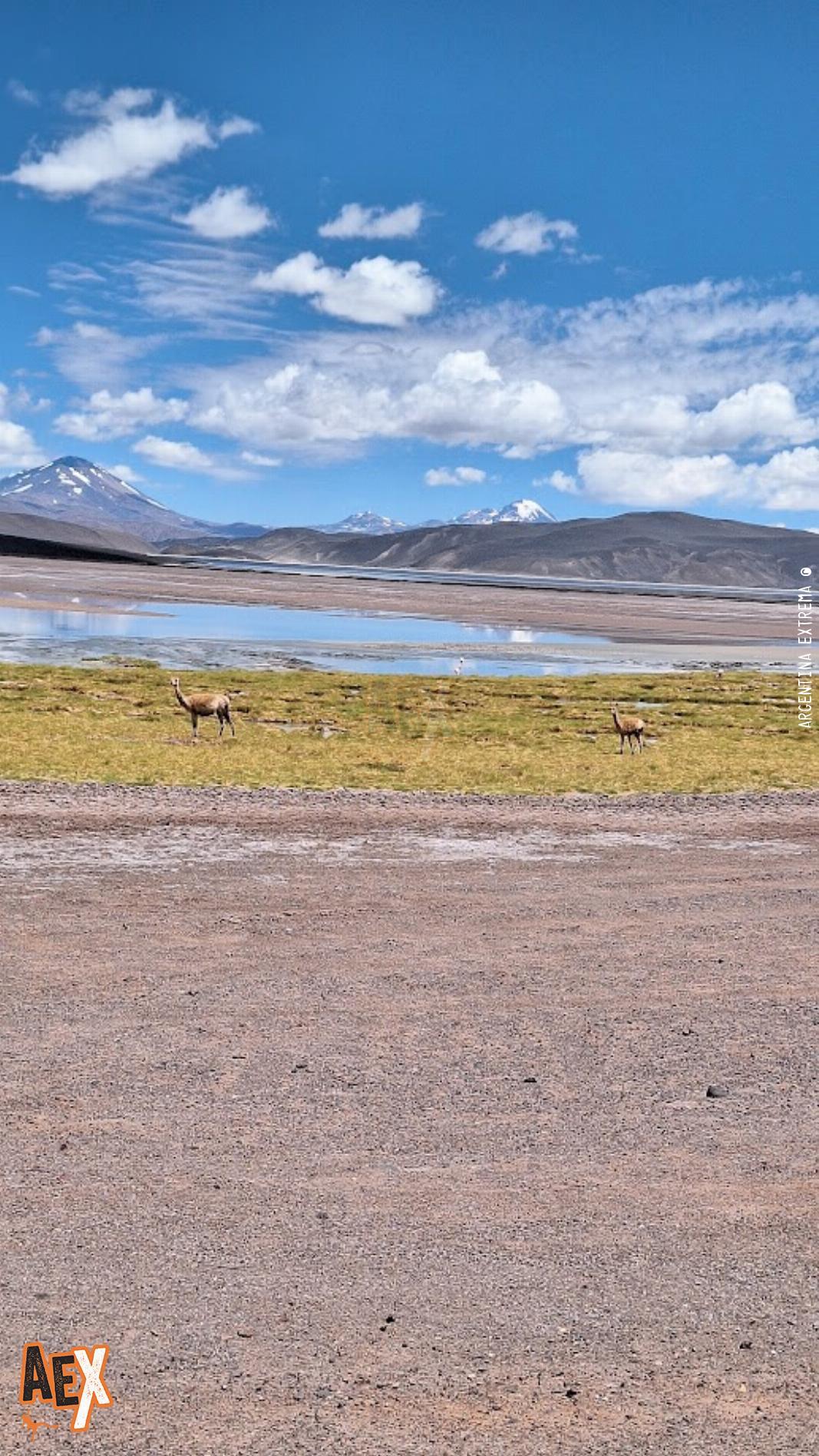
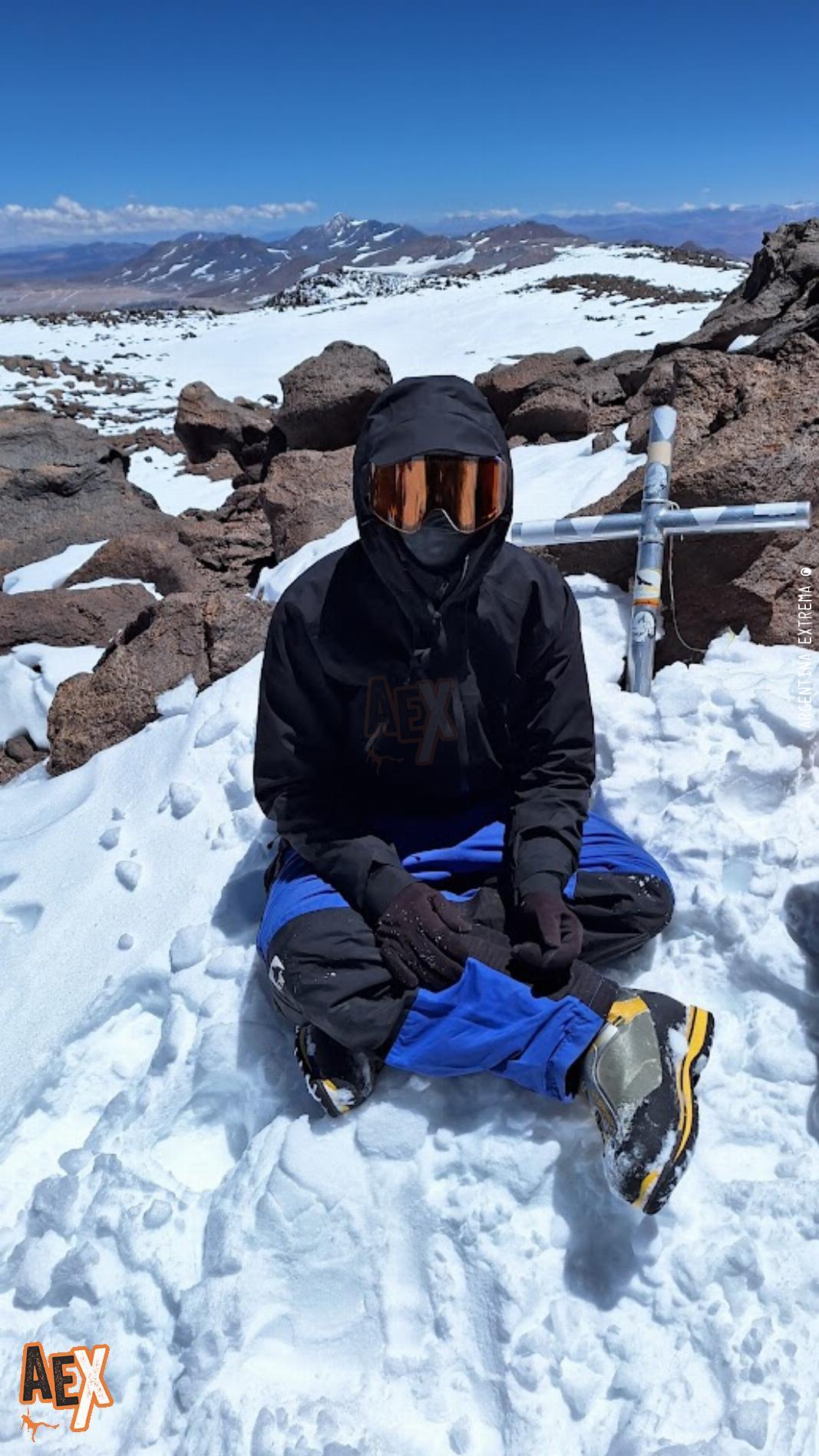
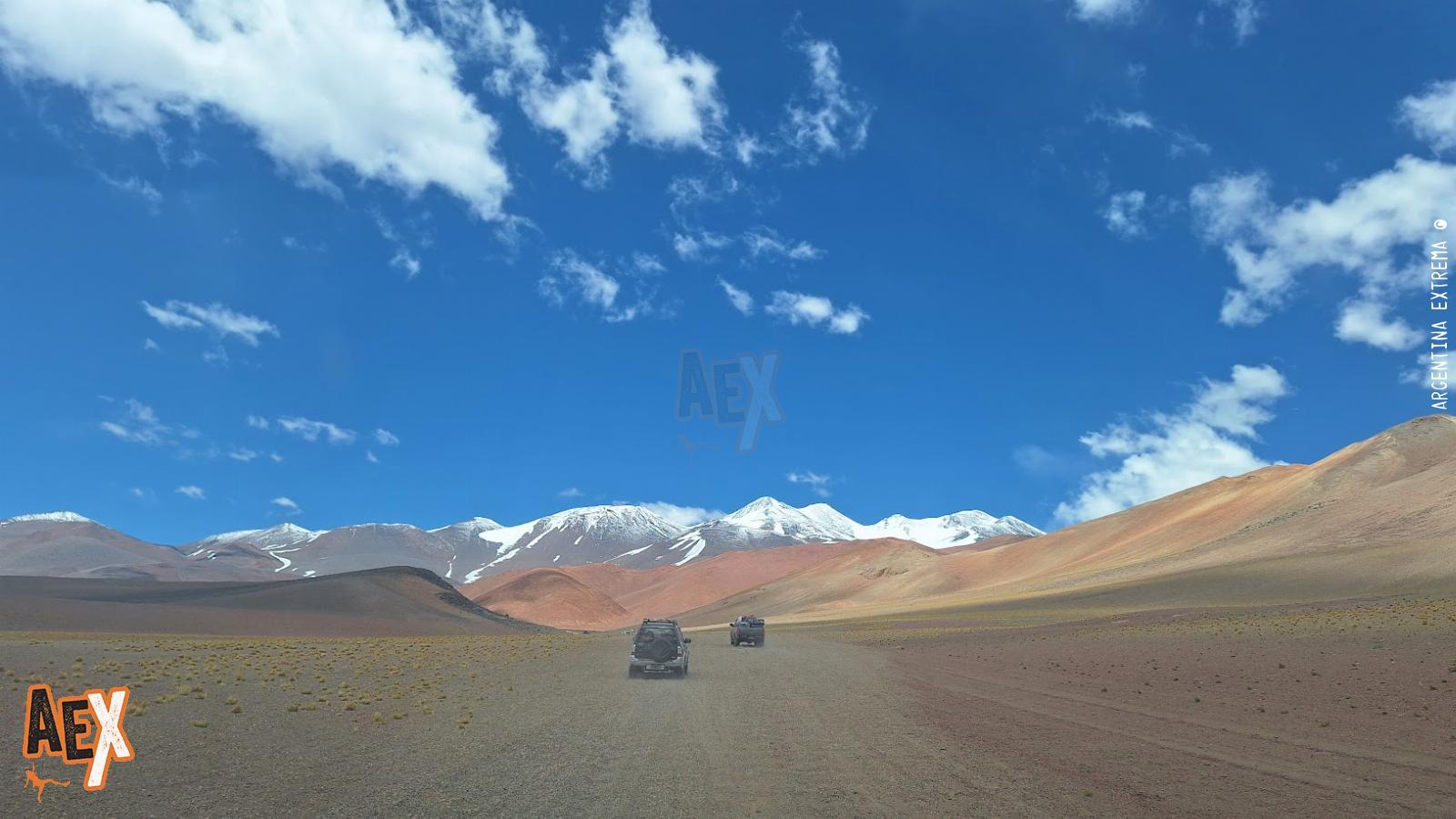
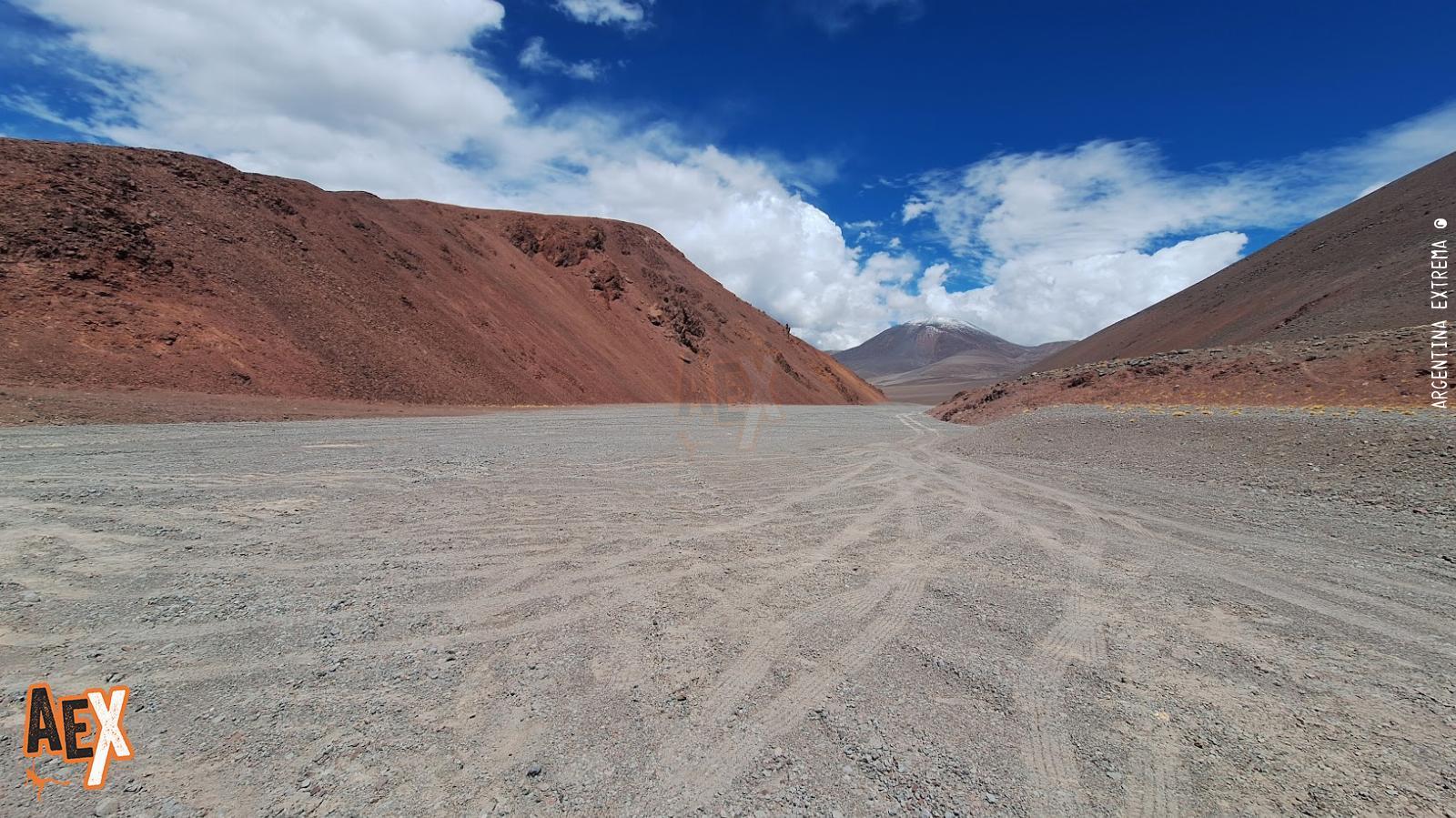
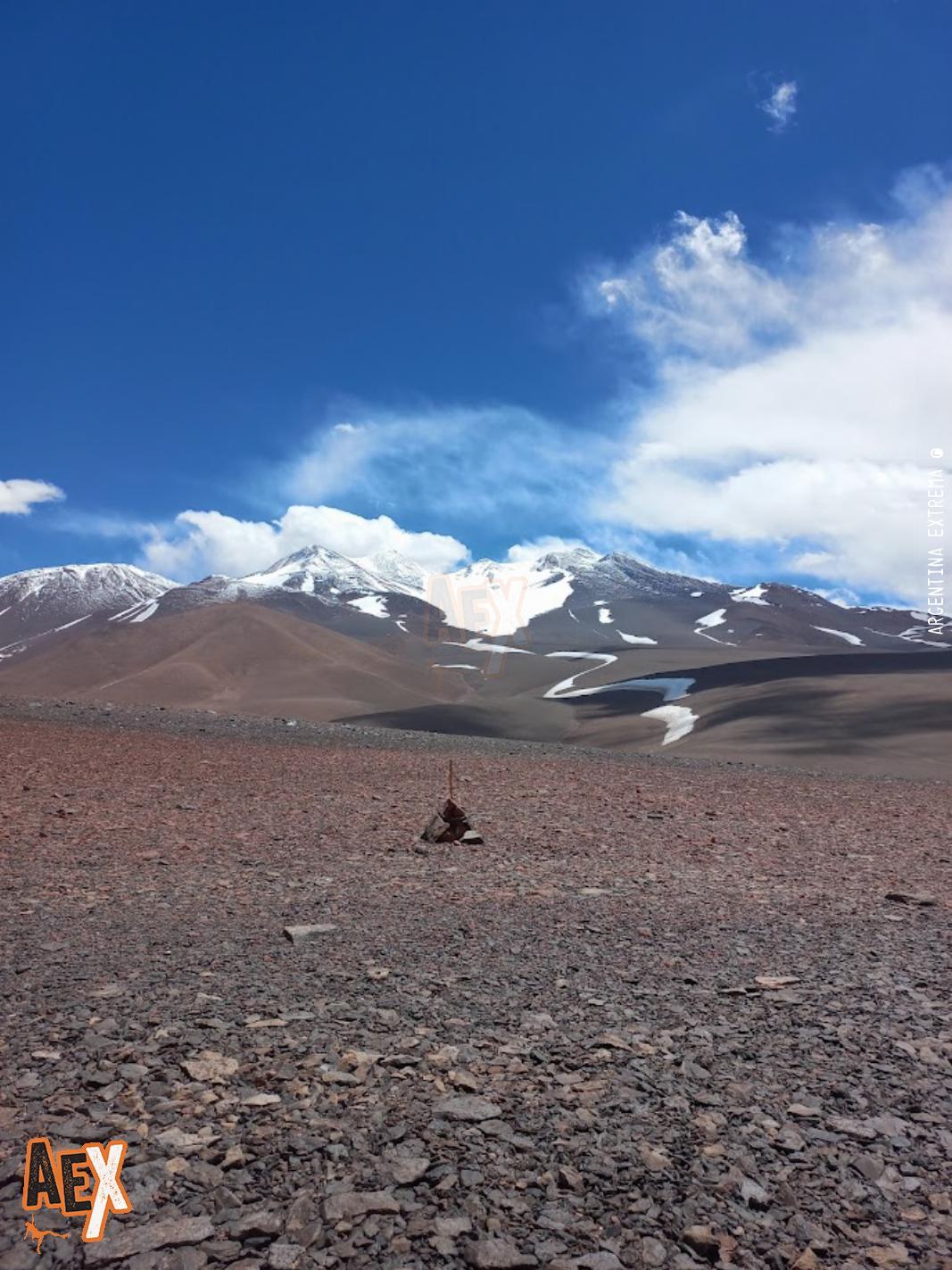
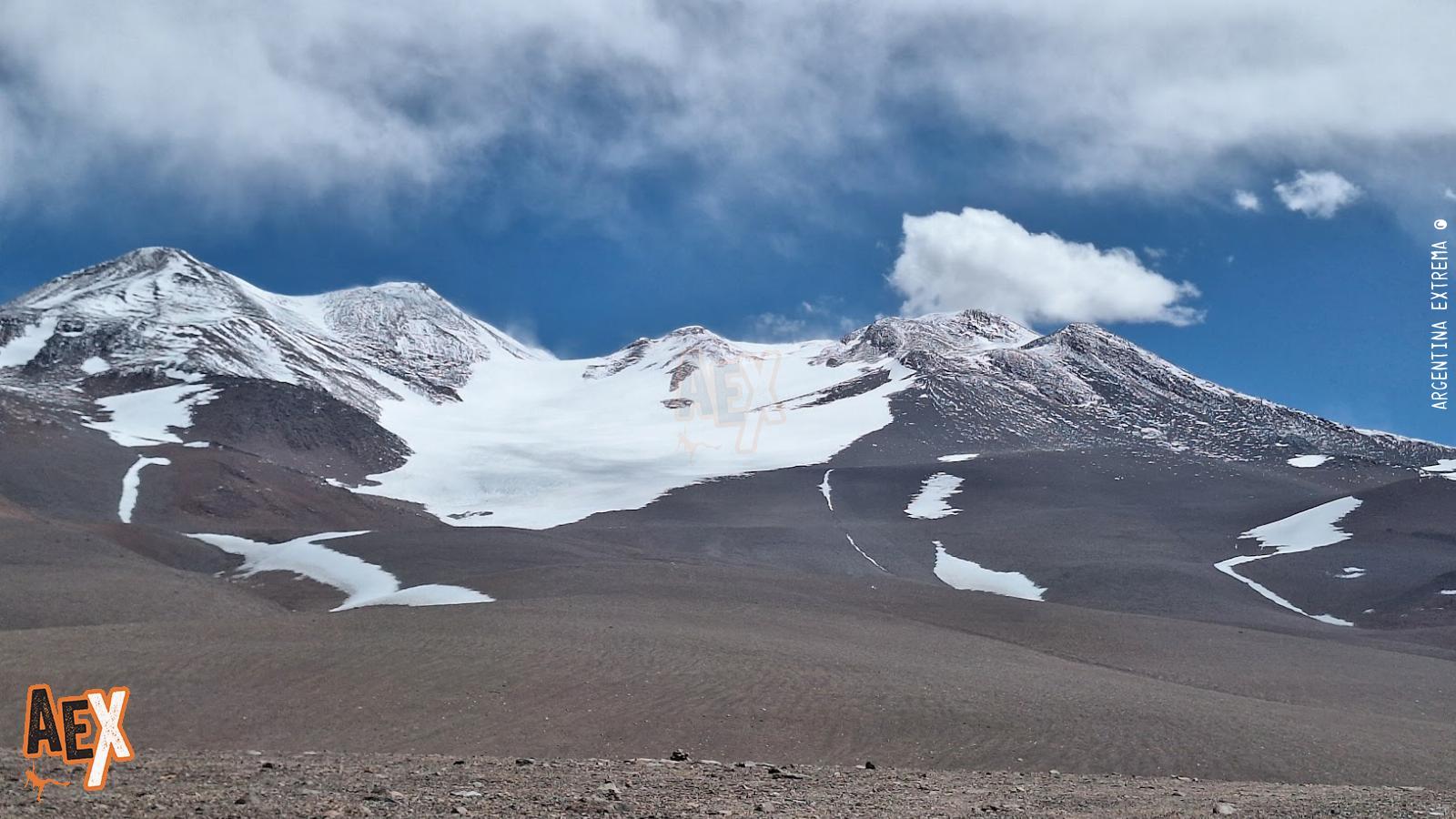

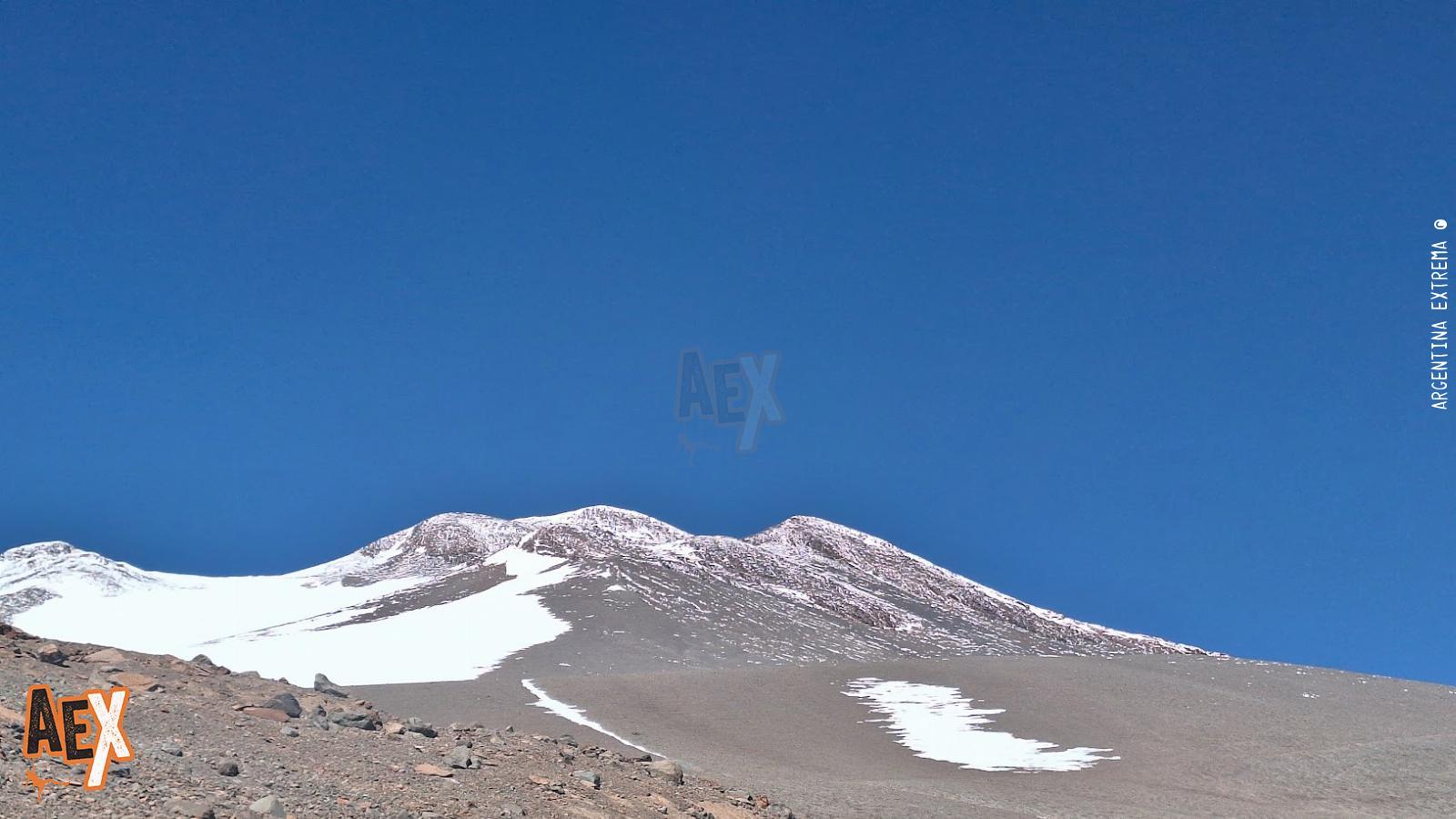
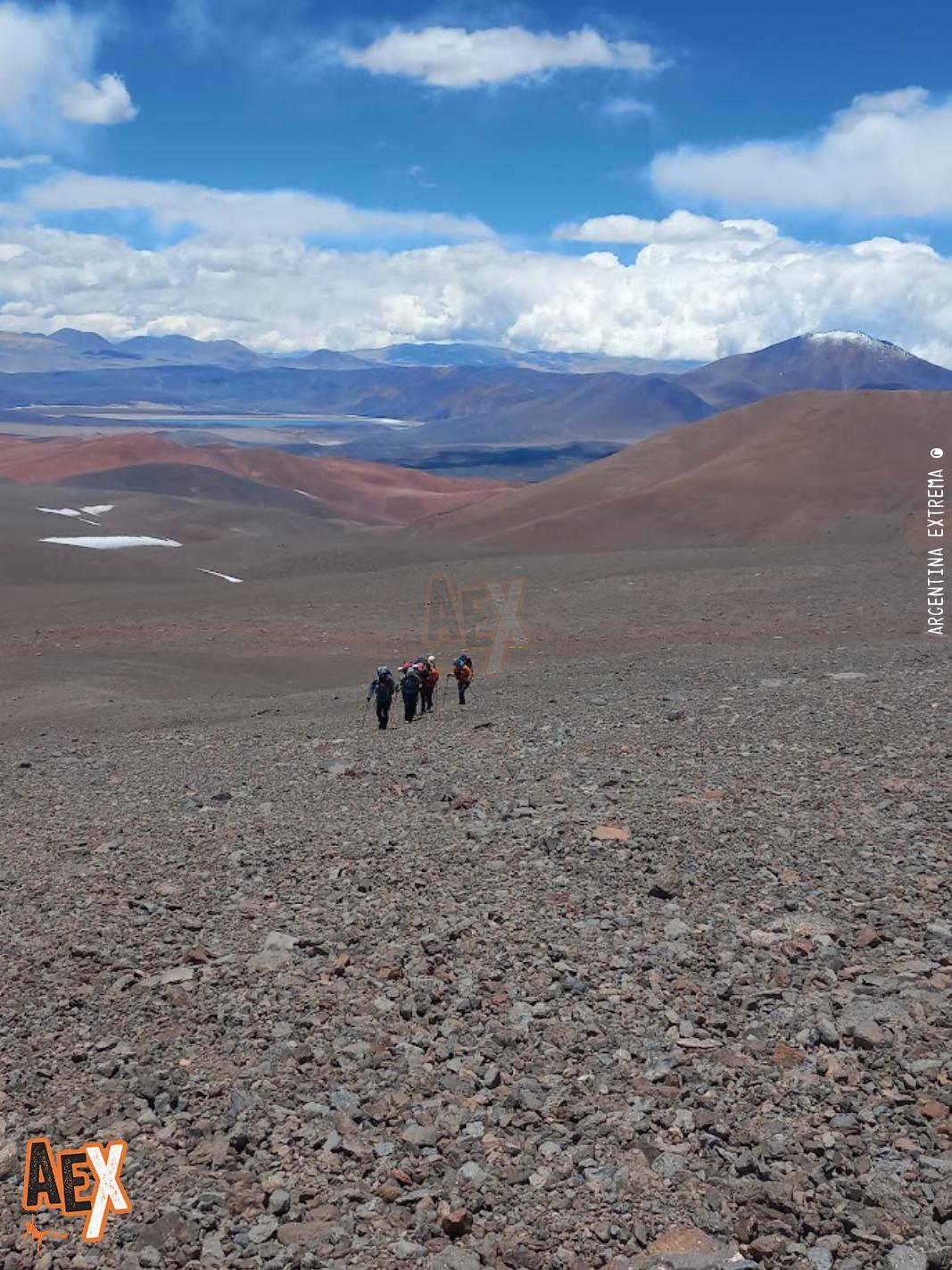
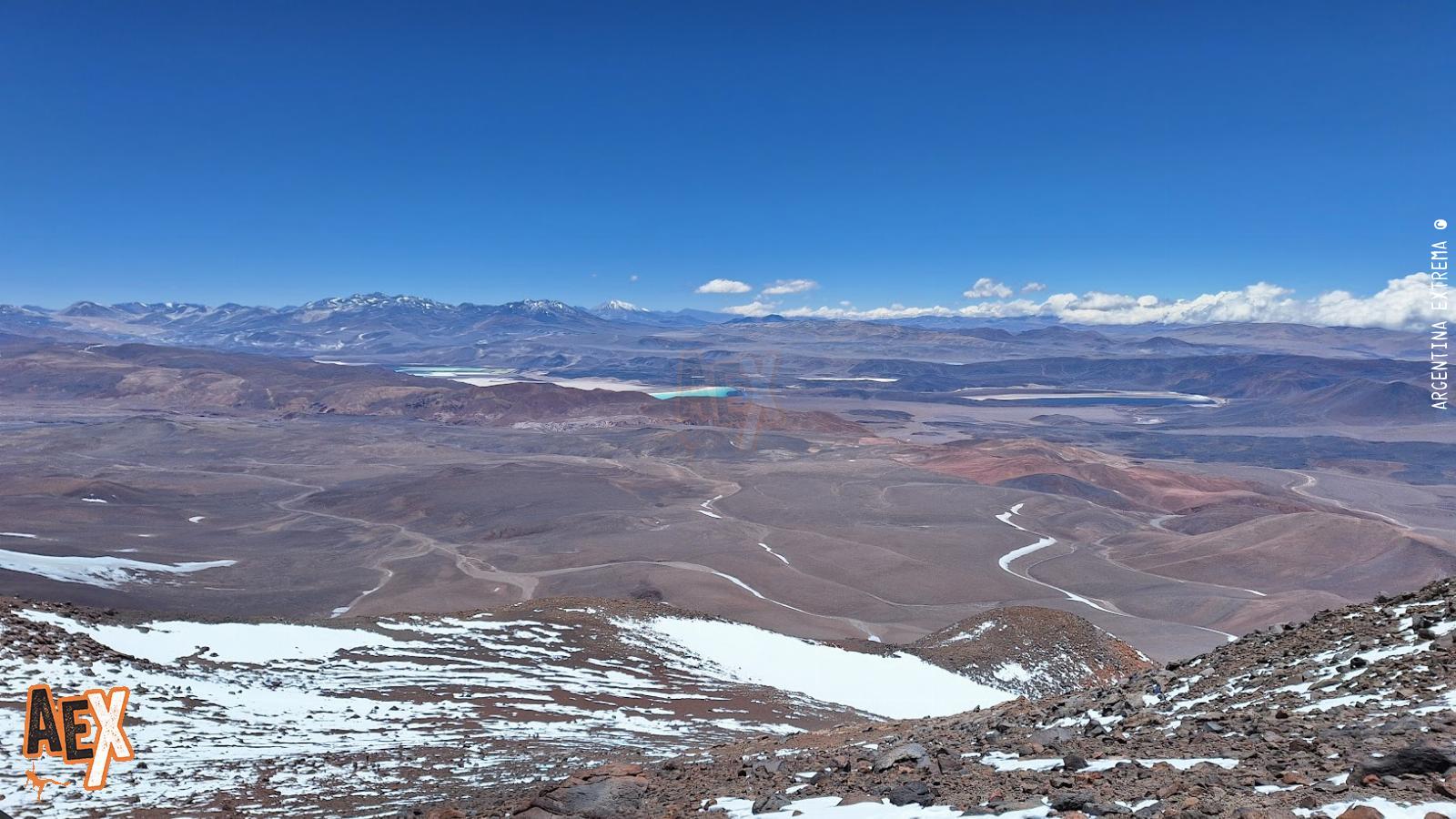
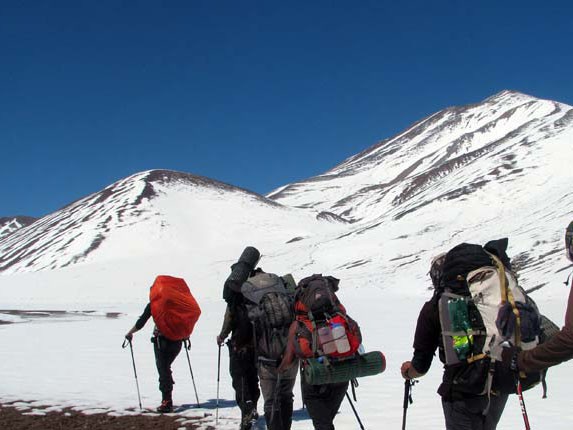
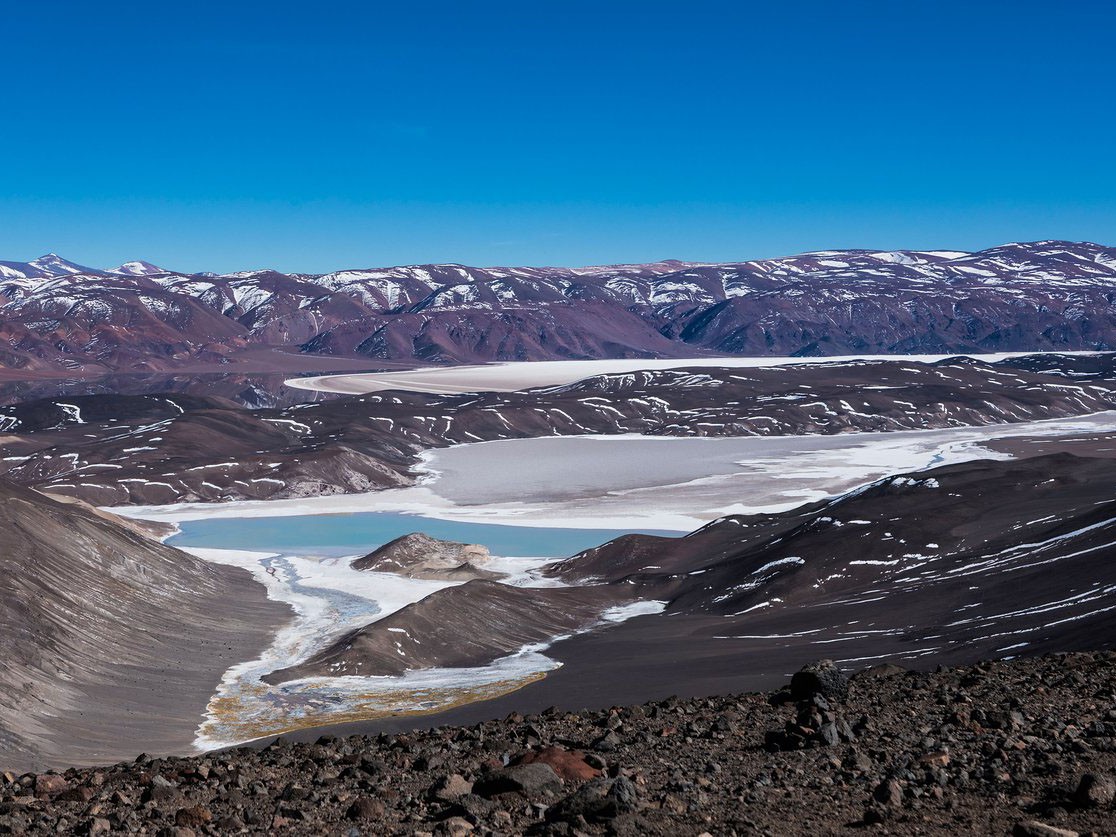
Una expedición para intentar alcanzar la cumbre principal de la 3ra montaña más alta de América
















La cumbre blanca de la Puna
Ubicado en la renombrada región de los seismiles de Catamarca, aunque más aislado que el resto, la ruta de los Seismiles o el Techo de los Andes (donde existe la mayor población de montañas que superan los 6500 metros de altura y muchas que superan los 6000), este gigantesco volcán, el segundo más alto del mundo, es un objetivo cada vez más visitado y admirado.
El Pissis es el rey de la Puna y el cetro no lo pone en juego ni siquiera frente a la altura del Ojos del Salado o la impactante belleza del Tres Cruces visto desde el sur. Su inconfundible mole se alza en medio de una de las áreas más inexploradas del mundo, y la geografía que lo rodea hacia el sur y el oeste apenas si ha visto pasar alguna persona a lo largo de toda la historia. Todo esto convierte al Pissis en un ícono del montañismo de exploración, y con ello en una de las montañas más interesantes de los Andes. Su resplandeciente glaciar noreste es una de las imágenes mas legendarias de la Puna.
Día 01: Fiambalá, 1550 msnm. Encuentro en la localidad catamarqueña de Fiambala, mañana o mediodía. Chek In en alojamiento tipo hostel.. Presentación con guías y coordinadores. Tarde libre para disfrutar de las termas y del lugar.
Día 02: Cortaderas, 3300 msnm. Mañana libre en Fambalá. Por la tarde nos trasladaremos por la ruta nacional 60 hacia Chaschuil y luego a Cortaderas, a una pequeña hosteria de montaña, disfrutando del paisaje que nos comienzan a regalar las vistas hacia la cordillera. Tarde libre para descansar, hidratar y continuar con la aclimatación. Cena y pernocte en refugio.
Día 03: Cortaderas, 3300 msnm. Este día lo dedicaremos a realizar un trekking con un pequeño ascenso a un cerro de la zona, el Cerro Chaschuil, de 3700mts. El que necesite o desee permanecer abajo, para seguir descansando, lo podrá hacer. Hidratación, cena y pernocte.
Día 04: Las Grutas, 4000 msnm. Traslado hasta los refugios de Las Grutas. Aquí ingresamos en la zona donde la altura se puede hacer sentir. Caminata corta por la zona para continuar con la aclimatación. Hidratación, cena y pernocte en refugio.
Día 05: Las Grutas, 4000 msnm. Este día, iniciaremos un nuevo trekking con ascensionismo a un cerro de la zona y así profundizar nuestro período de aclimatación disfrutando al mismo tiempo de la geografía del lugar. Cerro Falso Morocho, 4.700 msnm. Regreso al refugio. Hidratación, cena y pernocte.
Día 06: Cumbre y Fiambalá. Bien temprano, iniciamos nuestron intento para alcanzar la cumbre del Volcán San Francisco, de 6036 msnm, como primer objetivo. Un traslado hasta el estacionamiento a 5100 msnm y luego una jornada extensa y exigente hasta la cumbre. Al descenso, nos subimos a los vehiculos y descendemos hasta Cortaderas. Noche en la hostería.
Día 07: La Coipa y traslado al Campo base (4600 msnm). Traslado por una camino-huella, desde el paraje La Coipa (misma ruta 60). Los paisajes hasta llegar al campo base son asombrosos, con lagunas, valles e inmensas montañas; el paisaje más inexplorado de la Puna. 6 horas de vehiculo aprox. Armado de campamento base, denominado Mar del Plata. Caminata corta por la zona para continuar con la aclimatación. Hidratación, cena y pernocte.
Día 08: Día de descanso en Campo Base.
Día 9: Este día realizaremos un porteo al C1 5300 msnm y regresaremos a dormir al CB.
Día 10: Ascenso al Campo 1 n(C1). Noche en C1. Aproximadamente 4 horas de actividad.
Día 11: Descanso en Campo 1 n(C1). Noche en C1. Posible porteo de equipo a C2. Descanso, hidratación, preparación.
Día 12: Ascenso al C2 5900 msnm aproximadamente. Noche en C2. Aproximadamente 5 horas de actividad.
Día 13: Día de intento de cumbre del volcán Pissis. Noche en C2. Aproximadamente 12 horas de actividad.
Día 14: Descenso hasta el vehículo, traslado a Fiambala. Fin del programa y de los Servicios. Aproximadamente 4 horas de caminata en descenso, y tres horas de traslado.
Se trata de un ascenso a una de las 14 montañas más altas de América (de más de 6500 msnm); el régimen y la exigencia es cercana a lo que es subir al Aconcagua.
NOTA SOBRE LAS 10 MONTAÑAS MÁS ALTAS DE AMÉRICA - ANDES TOP 10: CLICK ACA
Hostales, refugios y carpas de alta montaña.
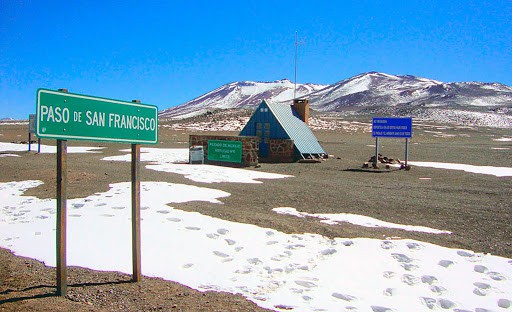
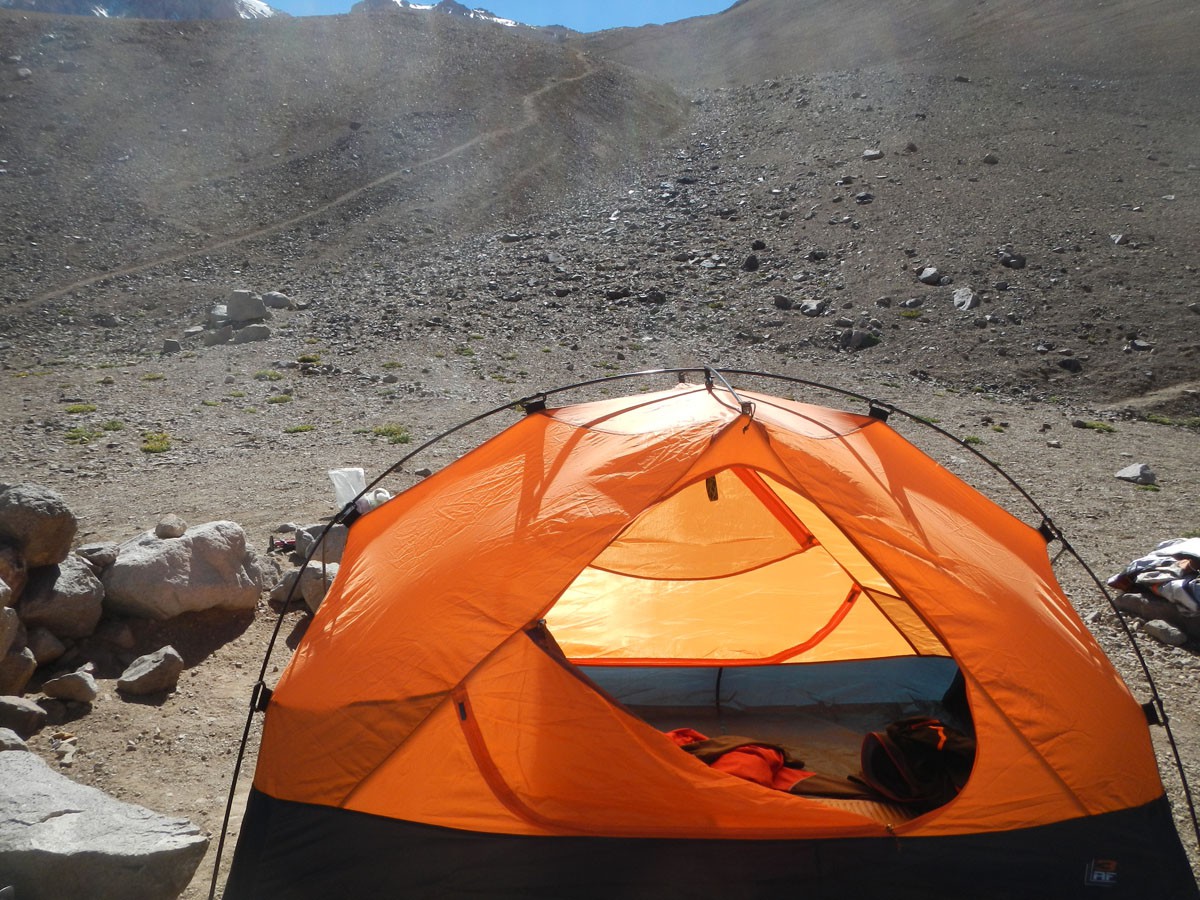
¿Si nunca hice montaña, puedo soñar con ascender la 10ma montaña más alta de América?
Siempre y cuando te encuentres apto físicamente hablando y puedas adaptarte al sistema de entrenamiento personal y/o grupal que te proponemos y puedas realizar salidas previas de trekking y montañismo con nosotros o por tu cuenta.
¿No tengo ni la mitad del equipo que se requiere, se puede alquilar? qué conviene comprar?
Nosotros te vamos a sesorar al respecto. Básicamente casi todo se puede alquilar; en Mendoza existe una tienda con la que trabajamos que alquila botas, camperas, pantalones, lentes-antiparras, grampones , guantes de tercera capa y mucho más. Hay equipo que conviene comprarlo como la ropa interna, calzado y ropa de trekking, bastones, linterna frontal, algunos guantes y otros.
¿Qué exigencia real tiene esta expedición? cuánto se camina por día?
No estamos todos los días caminando. La expedición dura tanto porque el cuerpo necesita un período obligatorio de aclimatación a la altura; hay jornadas que solo descansamos. Los días más largos son: el que vamos de Confluencia al Campamento base Plaza de Mulas, con unas 10 horas de marcha y el día en el que intentamos la cumbre (hasta 20 horas posibles deb actividad...).
¿Donde se pernocta?
En hosterias en Fiambalá y Cortaderas. Refugio de montaña en Las Grutas y luego en carpas de alta montaña.
¿Hay que llevar carpa?
Las carpas están incluidas dentro del servicio. Además te incluimos las carpas comedor, estructurales, con mesas y sillas
¿Apartir de que edad pueden hacer esta actividad?
A partir de los 18 años de edad.
¿Cuanto pesa la mochila?
Rango de entre 8 y 12 kilos permanente.
¿Hay servicio de porteo?
No, solo las camionetas y luego el porteo entre todos hasta los campamentos de altura.
¿Que comemos?
Haz clic en cada indicador para ver detalles
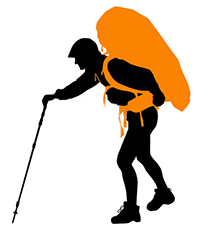
Mochila: Peso / Duración de la Jornada.

Exigencia Física
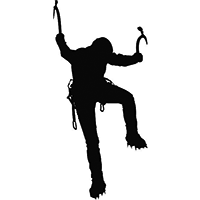
Técnico: Dificultad en el Terreno / Equipo.
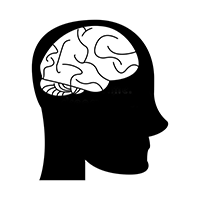
Fortaleza Psicológica
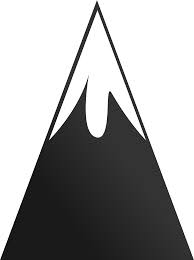
Exposición a la Altura
Cada aspecto se evalúa del 20% al 100%, donde:
Esta aventura requiere experiencia avanzada y excelente condición física.
EQUIPO GENERAL
PIES
PRIMERA CAPA (Primera piel)
SEGUNDA CAPA (Abrigo)
TERCER CAPA (corta viento e Impermeable)
EQUIPO TÉCNICO
ELEMENTOS PERSONALES
VARIOS
SALUD & HIGIENE
COCINA
OPCIONALES, no obligatorio (ver espacio y peso)
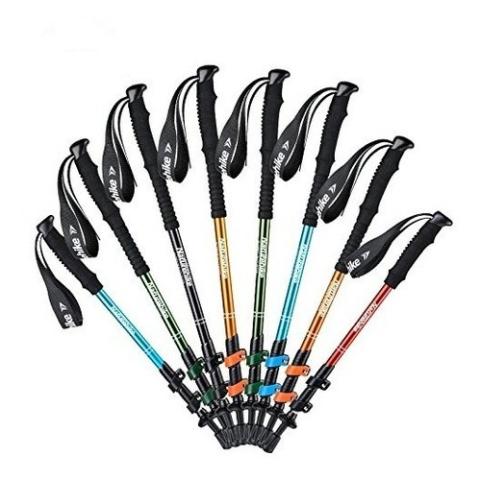 Disponible
Disponible
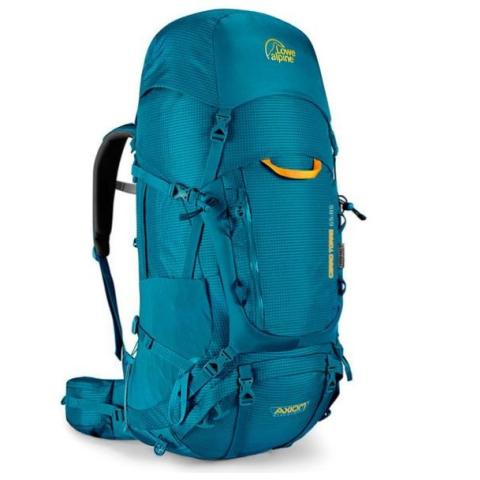 Disponible
Disponible
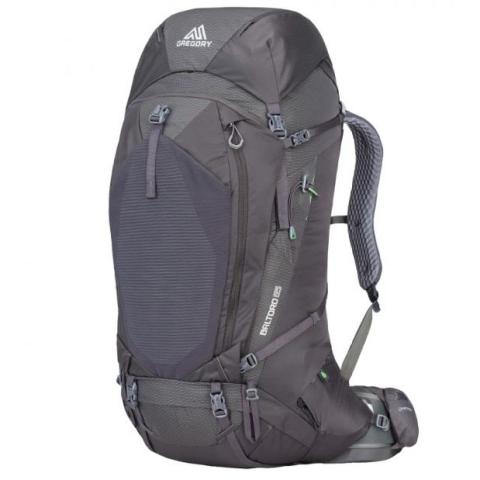 Disponible
Disponible
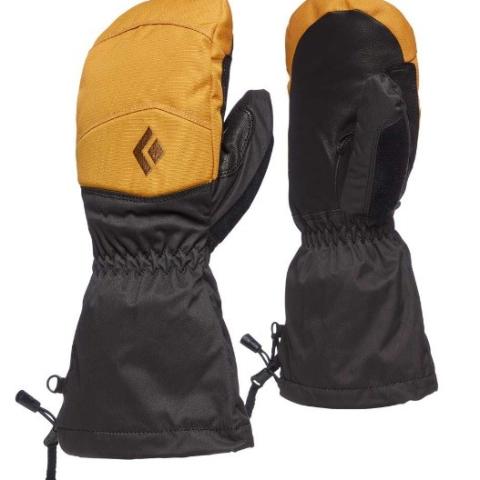 Disponible
Disponible
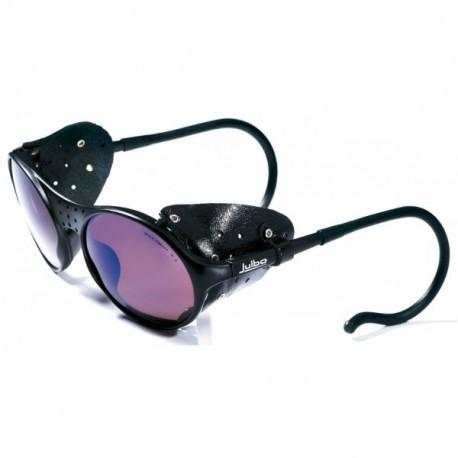 Disponible
Disponible
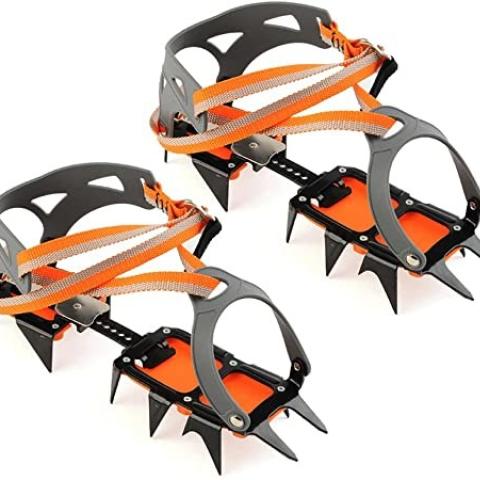 Disponible
Disponible
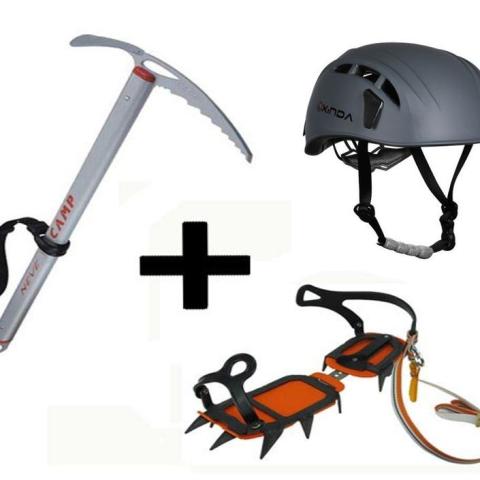 Disponible
Disponible
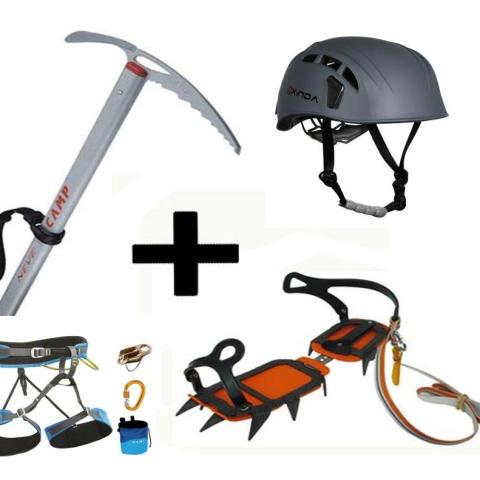 Disponible
Disponible
Si tenes dudas sobre esta aventura, esperamos tu consulta!
Para una respuesta inmediata, contactanos por WhatsApp 54 9 1170623800
Te responderemos a la brevedad, así te preparás para tu próxima gran aventura 🏔️